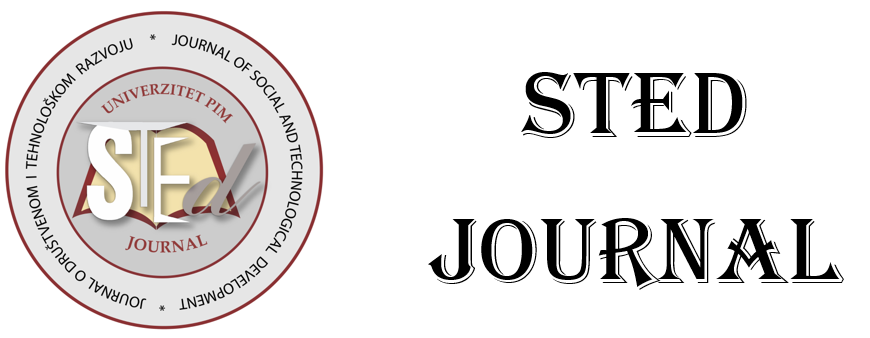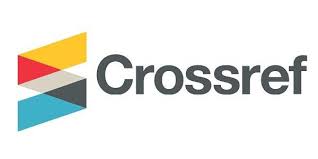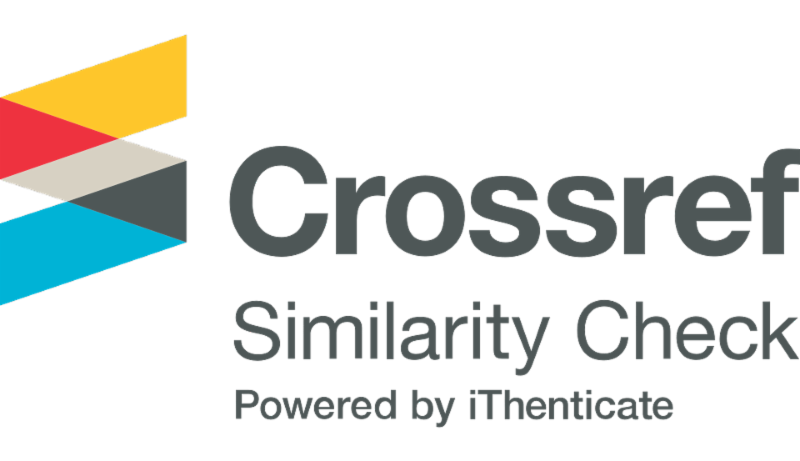
More articles from Volume 2, Issue 2, 2020
CONDUCTOMETRIC STUDY OF LIGAND STRUCTURE INFLUENCE ON THE Pb(II) COMPLEXATION WITH CROWN ETHERS
MECHANICAL ANALYSIS OF THE ROTATING DRAWING MANDREL WITH SELECTED BEARINGS CONFIGURATION
APPLICATION OF THE CRITERION OF TECHNOLOGICAL DAMAGEABILITY IN MECHANICAL ENGINEERING
BASICS OF AUTOMATION OF PROFILING OF HIGH-EFFICIENT INSERTS OF THE TOOL FOR THREAD MACHINING
CYBER CRIME IN PAKISTAN; DETECTION AND PUNISHMENT MECHANISM
Article views
APPLICATION OF THE CRITERION OF TECHNOLOGICAL DAMAGEABILITY IN MECHANICAL ENGINEERING
Lviv Polytechnic National University , Lviv , Ukraine
Ivano-Frankivsk National Technical University of Oil and Gas , Ivano-Frankivsk , Ukraine
Ivano-Frankivsk National Technical University of Oil and Gas , Ivano-Frankivsk , Ukraine
Ivano-Frankivsk National Technical University of Oil and Gas , Ivano-Frankivsk , Ukraine
Ivano-Frankivsk National Technical University of Oil and Gas , Ivano-Frankivsk , Ukraine
Ivano-Frankivsk National Technical University of Oil and Gas , Ivano-Frankivsk , Ukraine
Received: 06.10.2020.
Accepted: 17.11.2020. >>
Published: 30.11.2020.
Volume 2, Issue 2 (2020)
pp. 13-21;
Abstract
Development and implementation in mechanical engineering practice of integrated information systems for control of technological processes of manufacturing products is the main driver of economic growth of developed countries. The priority of modern engineering technology is to provide the specified operational characteristics of products in accordance with the accuracy parameters, set by designer and quality of surface layers in contrast to achieving the minimum technological cost with maximum performance for traditional approaches. Technological providing of the main operational characteristics of the product (bearing strength, wear resistance, fatigue strength, joint strength etc.) require a systematic approach, which consists in the investigation of real physical processes at submicroscopic, microscopic and macroscopic levels of research, and step- by-step tracking required parameters at all stages of the Product Life Cycle from the position of technological inheritability. It is proposed to use the method of LM-hardness to control the quality of the structure of the material from castings in the design of functionally-oriented processes. The magnitude of the technological damage of the product material serves as a criterion for optimization when choosing a variant of surface treatment of the casting. A method for providing experimental studies of castings of aluminium alloys has been developed. On the basis of the carried-out experimental researches the rational route of processing of surfaces of casting is chosen.
Keywords
References
Citation
Copyright
All papers are licensed under a Creative Commons Attribution 4.0 International License.
Article metrics
The statements, opinions and data contained in the journal are solely those of the individual authors and contributors and not of the publisher and the editor(s). We stay neutral with regard to jurisdictional claims in published maps and institutional affiliations.











